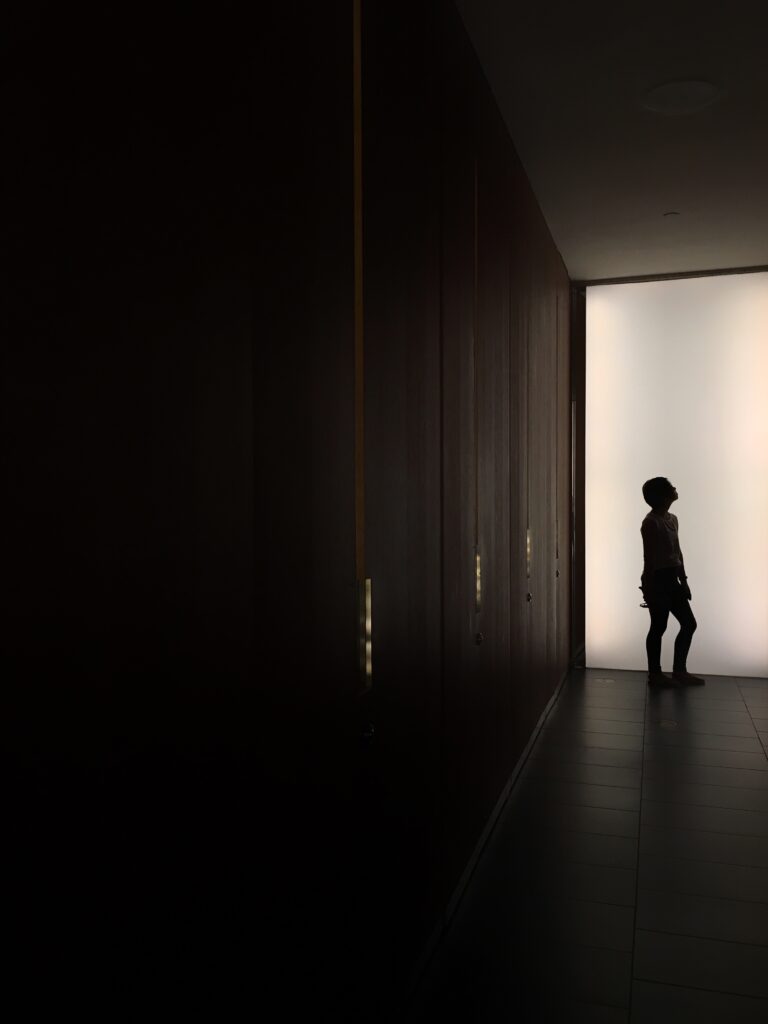Sleep Parasomnia
Confusional arousals are episodes where a person wakes up from sleep in a disoriented, confused state—often lasting a few minutes. These events can be unsettling, especially for family members or bed partners, and are sometimes mistaken for other sleep disorders. Learn what causes them, how they relate to sleepwalking, and what you can do to manage them.
During a confusional arousal, individuals may sit up in bed, mumble, or appear awake but behave strangely. Unlike nightmares or night terrors, these episodes occur during non-REM sleep and are usually not remembered. While they can be harmless, frequent occurrences may affect sleep quality or point to underlying sleep issues.


Although both occur during deep sleep, confusional arousals usually involve mental confusion without leaving the bed, whereas sleepwalking involves physical movement. However, the two can overlap—especially in children or people with disrupted sleep patterns. Understanding the difference helps in recognizing symptoms and creating a safer sleep environment.
Possible Causes
Various internal and external factors can increase the likelihood of experiencing a confusional arousal. Recognizing these triggers can be the first step toward better sleep hygiene and fewer disrupted nights.
Not getting enough sleep increases the risk of abrupt, confused awakenings.
Shifting bedtime or wake times frequently disrupts the body’s sleep rhythm.
Substances that affect brain activity can increase sleep fragmentation.
DID YOU KNOW
Sleepwalking affects both children and adults, often running in families. Linked to mental health and long-term persistence, it’s more common than many realize and deserves better awareness and support.
Sleepwalkers often navigate familiar spaces without being aware.
Most episodes begin during the deepest stage of sleep.
Sleepwalking can last a few seconds—or up to 30 minutes.
It’s okay to wake a sleepwalker—they may just be a bit disoriented.
Children vs Adults
Family Connection
Experienced Doctor
Chronic Cases
EXPERTS’ POINT OF VIEW
Experts from various fields share their insights on sleepwalking, its causes, risks, and effective treatments, helping to raise awareness and improve understanding of this complex condition.
Clinical Psychologist & Sleep Researcher
Consultant Neurologist & Sleep Specialist
Sleep Medicine Specialist, Mass Eye and Ear
Clinical Psychologist & Sleep Specialist
FAQS
If you’re experiencing—or witnessing—confusional arousals, you’re not alone. Here are some common questions and answers to help you better understand this unusual sleep behavior.
A confusional arousal is when a person wakes up disoriented and behaves strangely but is not fully conscious.
They are usually harmless, though sudden movements can cause accidental injury. If frequent, consult a healthcare provider.
Most people have no memory of the event, similar to sleepwalking or night terrors.
Yes, although they are more common in children, adults can also experience them under certain conditions.
Episodes typically last from a few seconds to several minutes.
Improving sleep hygiene, reducing stress, and avoiding triggers can help minimize occurrences.
No, but they are all part of a group of disorders called "NREM parasomnias" and can share similar features.
Stay Informed & Empowered